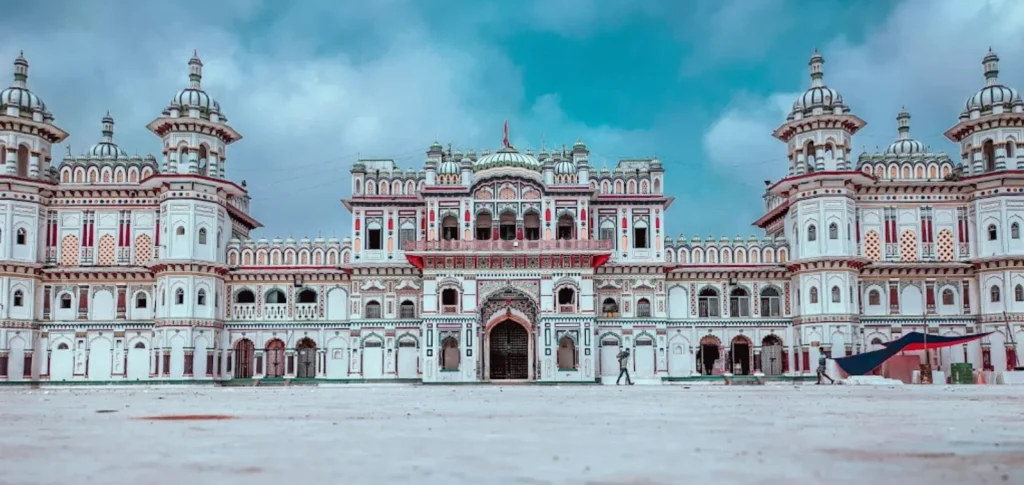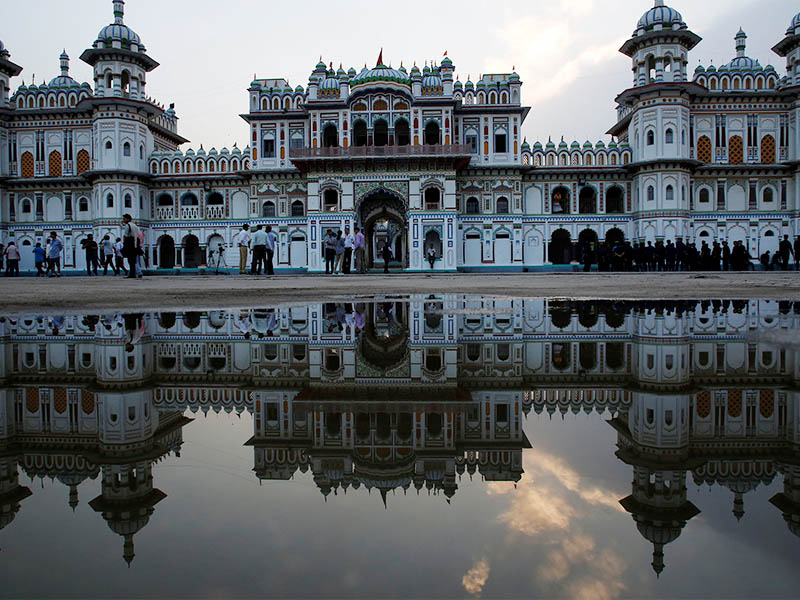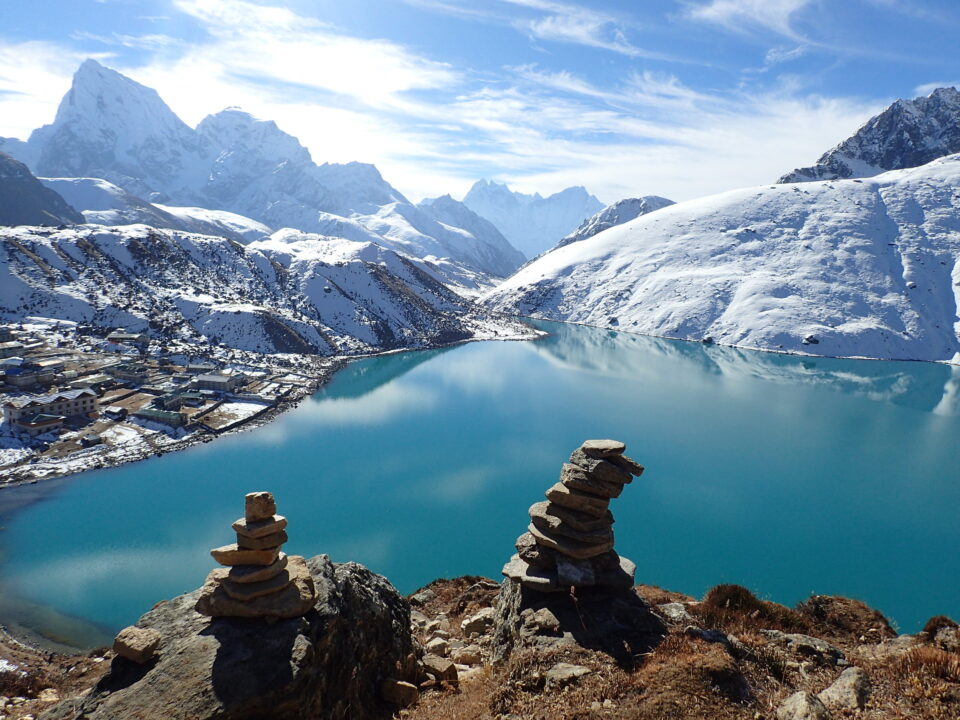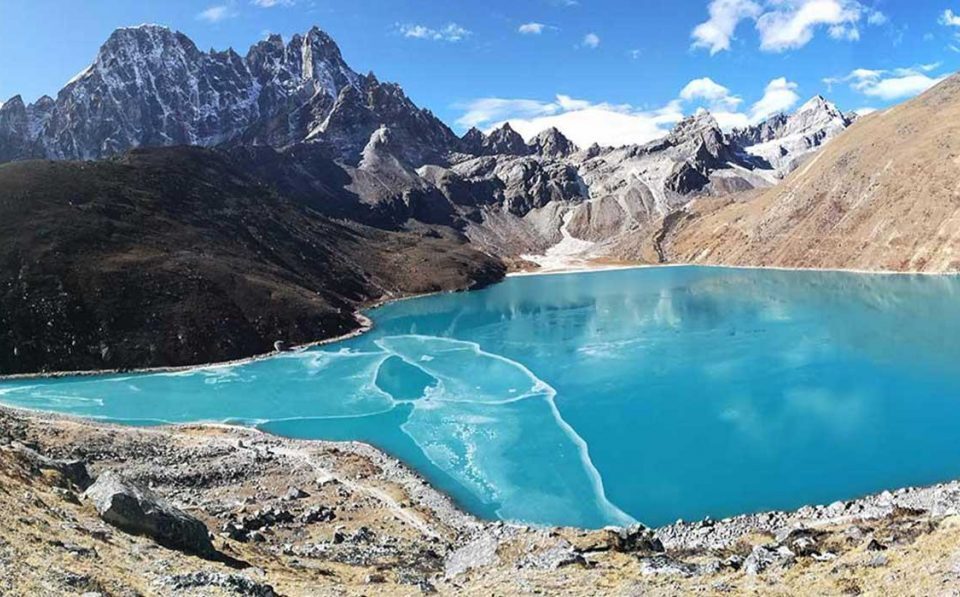Discovering Ram Janaki Mandir: An Intricate Architectural Masterpiece of Nepal

Discovering Ram Janaki Mandir: An Intricate Architectural Masterpiece of Nepal
Nestled in the heart of Janakpur, a small city in the south-eastern realm of exotic Nepal, is a remarkable monument of religious significance – the Ram Janaki Mandir. As I ventured into this serene land to explore its cultural and spiritual richness, the breathtaking view of this grand temple swept me off my feet. The Ram Janaki Mandir takes the center stage as one of the major landmarks of the city, evoking a sensation of transcendent reverence and tranquillity.

The Saga of Ram Janaki Mandir
Ram Janaki Mandir holds an indelible mark in the Hindu religion. The significance of this temple propels beyond the architectural grandeur; it delves deep into the epic tale of the Hindu god Ram and his consort Sita – the characters of the revered scripture – Ramayana. According to the text, Janakpurdham (current-day Janakpur) was the birthplace of Goddess Sita. The temple stands as a symbol of their marriage, thus turning this place into a significant pilgrimage site for Hindus around the globe.
The Awestruck Architecture
When I first laid eyes on the Ram Janaki Mandir, I stood befuddled, awestruck by its mesmerizing edifice. The temple’s design showcased an intricate blend of the Mughal and Rajput architecture styles, giving it a distinct attribute when compared to other shrines in the vicinity.
White marble adorned the entire temple structure, and the three-storied building reached out tall towards the sky, adding to the city skyline. Its numerous chambers, each dedicated to different gods and goddesses of the Hindu faith, projected its expansive diversity.
The intricate carvings that spread across the monument radiated the craftsmanship of the local artists. The beautiful artworks, sculptures, and bright paintings added an aura of vividness and vibrancy. As I explored deeper, I was particularly distressed and intrigued by one scene that portrayed the infamous fire ordeal of Goddess Sita.
At the center of this architectural masterpiece was the primary worship area, known as the “Garbhagriha.” This was the sacred space where the image of Goddess Sita (Janaki), alongside Lord Ram, was kept. The aura of piety surrounding the Garbhagriha instilled a sense of peace within me.
Basking in the Religious Festivities
One thing I believe every travel enthusiast can attest to is the unfettered energy that religious festivals bring. The city of Janakpur exhibits this meridian during one of its lively religious festivities, the Vivah Panchami. Celebrated to commemorate the holy matrimony of Lord Ram and Goddess Sita, the festival paints the city with shades of joy, devotion, and rituals.
During this time, the Ram Janaki temple turns into a spectacle of grandeur. The temple and the surroundings are lit with myriads of lamps; the air buzzes with sacred hymns from Ramayana, and countless devotees flock from different corners of the world to partake in this gala event.

Wrapping Up The Journey
The Ram Janaki Mandir stands as an epitome of religious grandeur and architectural intricacy. It’s a testimony to the rich cultural heritage and spiritual essence of Nepal. Whether you’re a spiritual seeker, history aficionado, or an architecture enthusiast, this holy shrine pledges to offer an enlightening and refreshing experience.
The blissful aura, the chanting of sacred hymns, and the celestial surroundings make every traveler feel like a part of Janakpur’s profound historical tapestry. Visiting this exalted monument creates an unparalleled spiritual experience – one that lingers in your senses and memories. As I left Janakpurdham, I was reminiscent of the tranquil ambiance, divine energy, and the enchanting glimpses of the Ram Janaki Mandir.




1 Comment
[…] Discovering Ram Janaki Mandir: An Intricate Architectural Masterpiece of Nepal […]